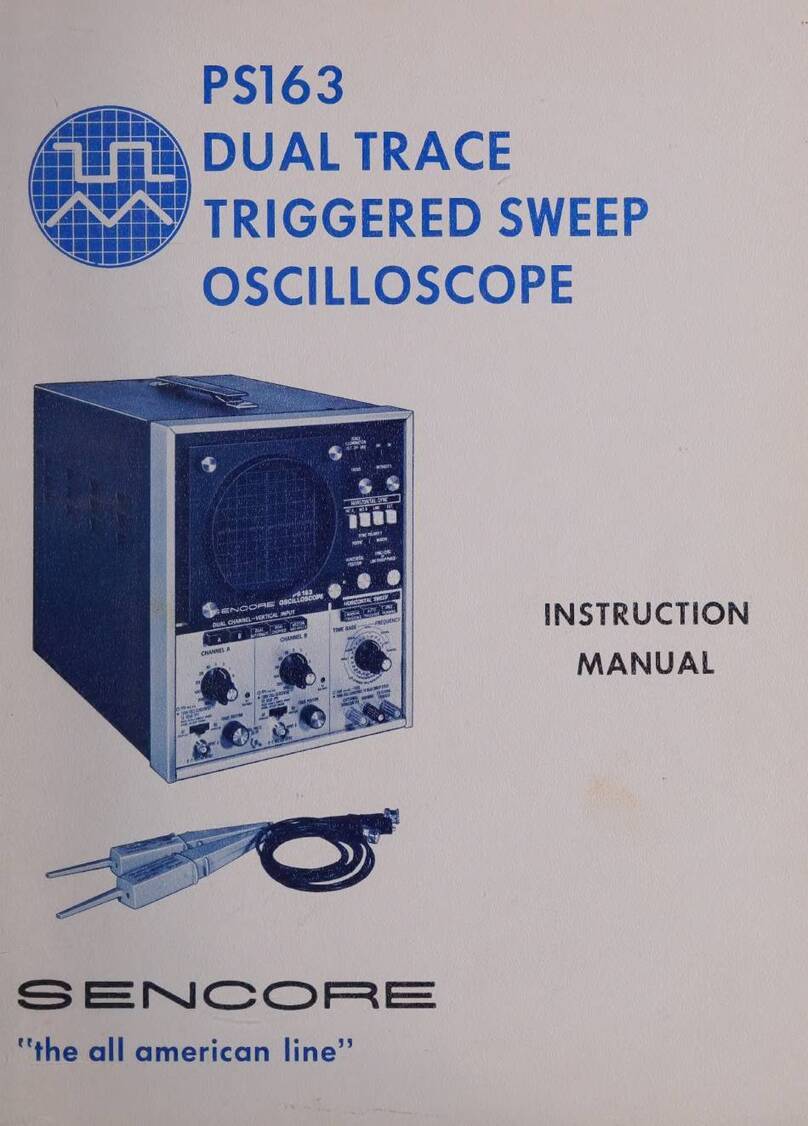
the very reason you need to safety test
every chassis that leaves your shop. It
only takes one leaky chassis to put you
out of commission so you are unable to
work. It only takes one to damage your
expensive test instruments and put them
out of service for a week or longer. Or, it
only takes one zapped customer to bring
a lawsuit against you and your shop. It
only takes one before you realize that it
costs you more not to make the leakage
test on every chassis that goes out the
door.
Most technicians add on an extra charge
to the customer’s bill for performing the
leakage test. They find that most
customers don’t mind paying an extra five
dollars if it means safety for themselves
and their family.
What Causes Leakage?
Basically, any path that will place the
customer into either diret or indirect
contact with the AC line is dangerous.
There are many different ways in which
this can happen. The following is a list of
some of the most common causes of
leakage:
Shorted Antenna Bypass Capacitors:
You may see a lot of shorted antenna
bypass capacitors after a thunderstorm.
The capacitors are in series between the
antenna terminals and the chassis to
isolate the hot chassis from the antenna.
When one of these capacitors is shorted,
the customer notices no difference in the
operation of their receiver because the
RF signal passes through the shorted
capacitor just as well as through the good
capacitor. The problem, however, is the
antenna terminals have raw AC on them.
Improperly Installed Tuner:
Occasionally, replacement tuners are
installed improperly or with the wrong
kind. Isolation capacitors must be
installed properly to avoid the AC line
being tied to exposed metal parts. Also,
insulated shafts on tuners should be
replaced with a similar kind to avoid a
shock hazard on the tuning knob.
Conductive Knobs: If the TV being
serviced has control shafts that are
connected directly to a hot chassis, the
knobs on these shafts must be insulating-
type knobs. Many times, however, knobs
that have been replaced are metal or
chrome plated which may conduct current
resulting in a shock hazard.
Defective Isolation Transformers:
Older TV receivers often have guilt-in
isolation transformers that are supposed
to isolate the metal chassis from the AC
line. But, these older transformers
occasionally develop leakage between
the primary and secondary windings,
causing a hot chassis. This is especially
dangerous on the older sets with metal
cases or with metal pans covering the
bottom of the chassis. All of the exposed
metal becomes a shock hazard.
AC Bypass Capacitors: These
capacitors connect between the AC line
and the chassis in most electronic
devices that use isolation transformers.
The capacitors bypass RF interference,
picked up by the metal chassis, to the AC
line for shielding purposes. Older
capacitors were often the wax-coated
paper type which often develop leakage
as the paper dieletric absorbs moisture.
In some cases, a capacitor shorts
completely, causing a direct connection
between the AC line and the chassis.
These capacitors, like antenna bypass
capacitors, are commonly damaged
during thunderstorms.
Bent Rabbit Ears: Many receivers have
rabbit-ear antennas designed to slide
down inside the back of the case.
Generally, there is a plastic tube inside
the case to isolate the metal antenna
rods from the chassis. But the rods often
get bent. When the bent rods are pushed
down to the “nested” position, they touch
the hot chassis. Not only is the exposed
end hot, the wire coming out the back of
the chassis to connect to the antenna
terminals also carries the full AC line
voltage.
Improper Installlation of Parts:
Forgetting to replace an insulating piece
of “fish paper” under a component.
Foreign Objects Touching the AC Line:
Allowing a piece of wire or solder to fall
between one side of the AC line and the
chassis.
A Broken Safety Ground: The broken
gound may allow a shaft or control to
“float”.
Using Long Metal Screws: Screws that
are too long and go all the way through
the plastic mounting tabs and touch the
metal chassis.
Adding An Earphone: Accessory jacks
on an set that does not have an isolation
transformer – imagine the shock hazard
when connectd directly to the listener’s
head!
Fig. 2: To make a safety leakage test with your PR57, simply plug the
chassis into the POWERITE and touch the probe to all exposed metal
surfaces.























